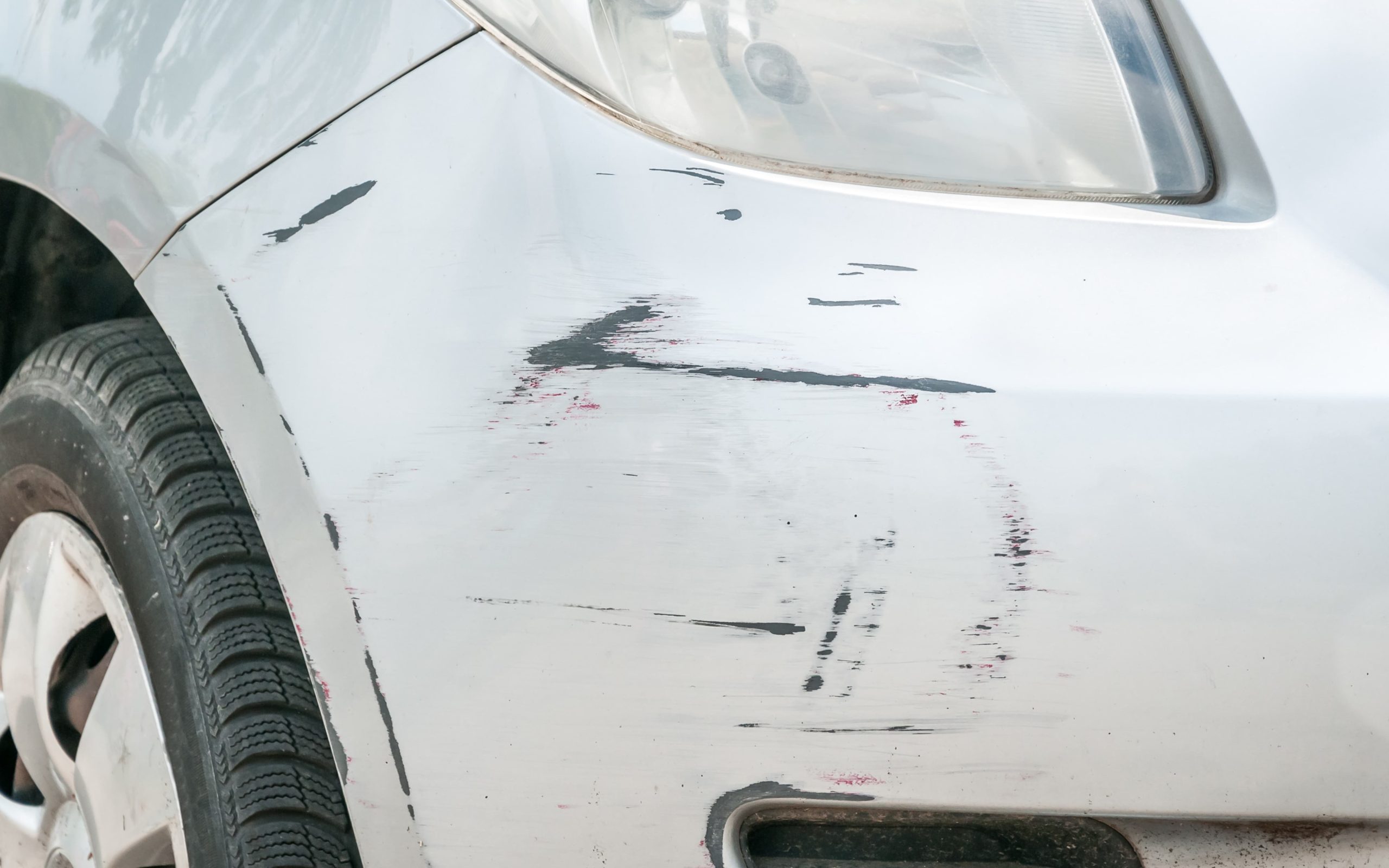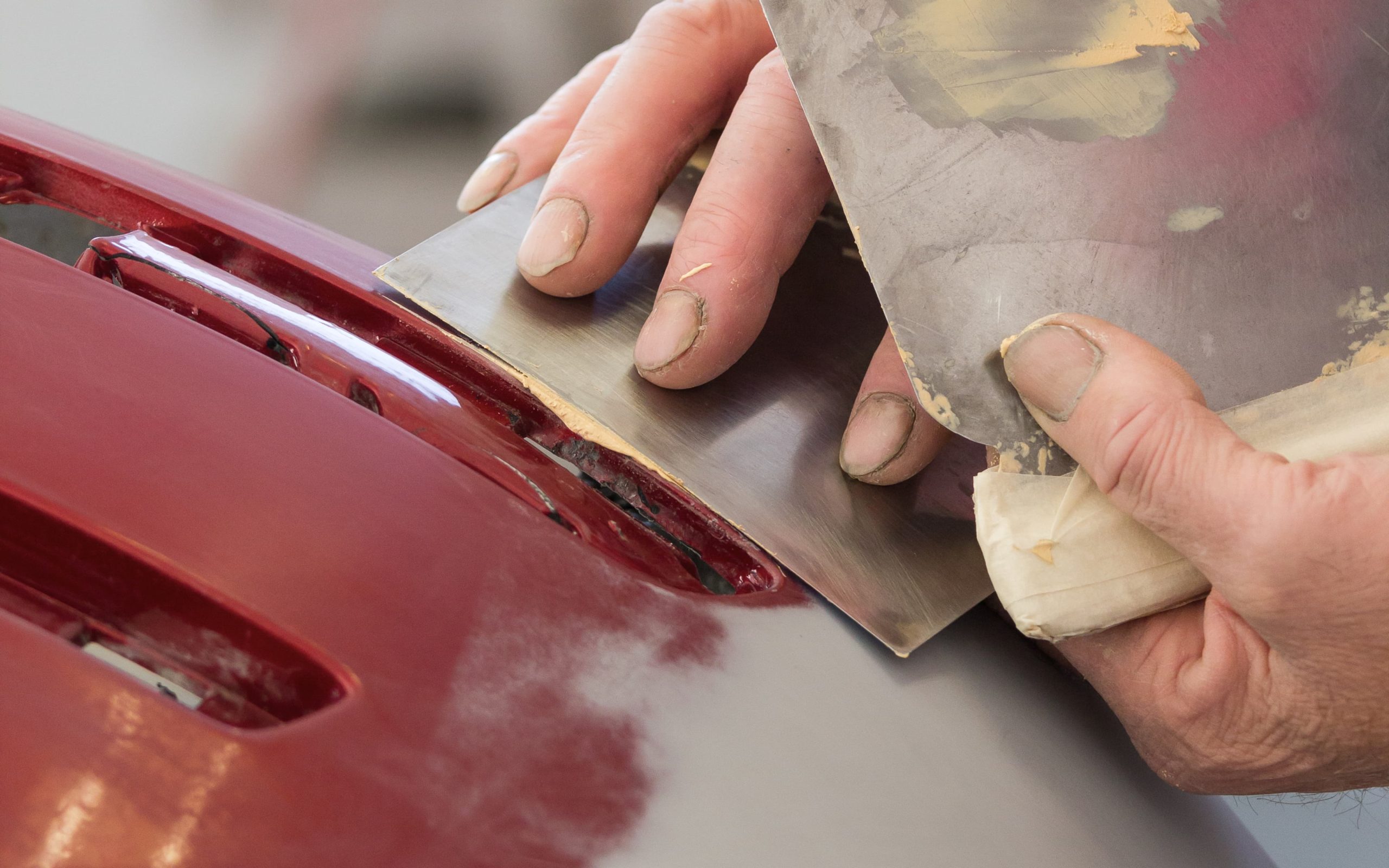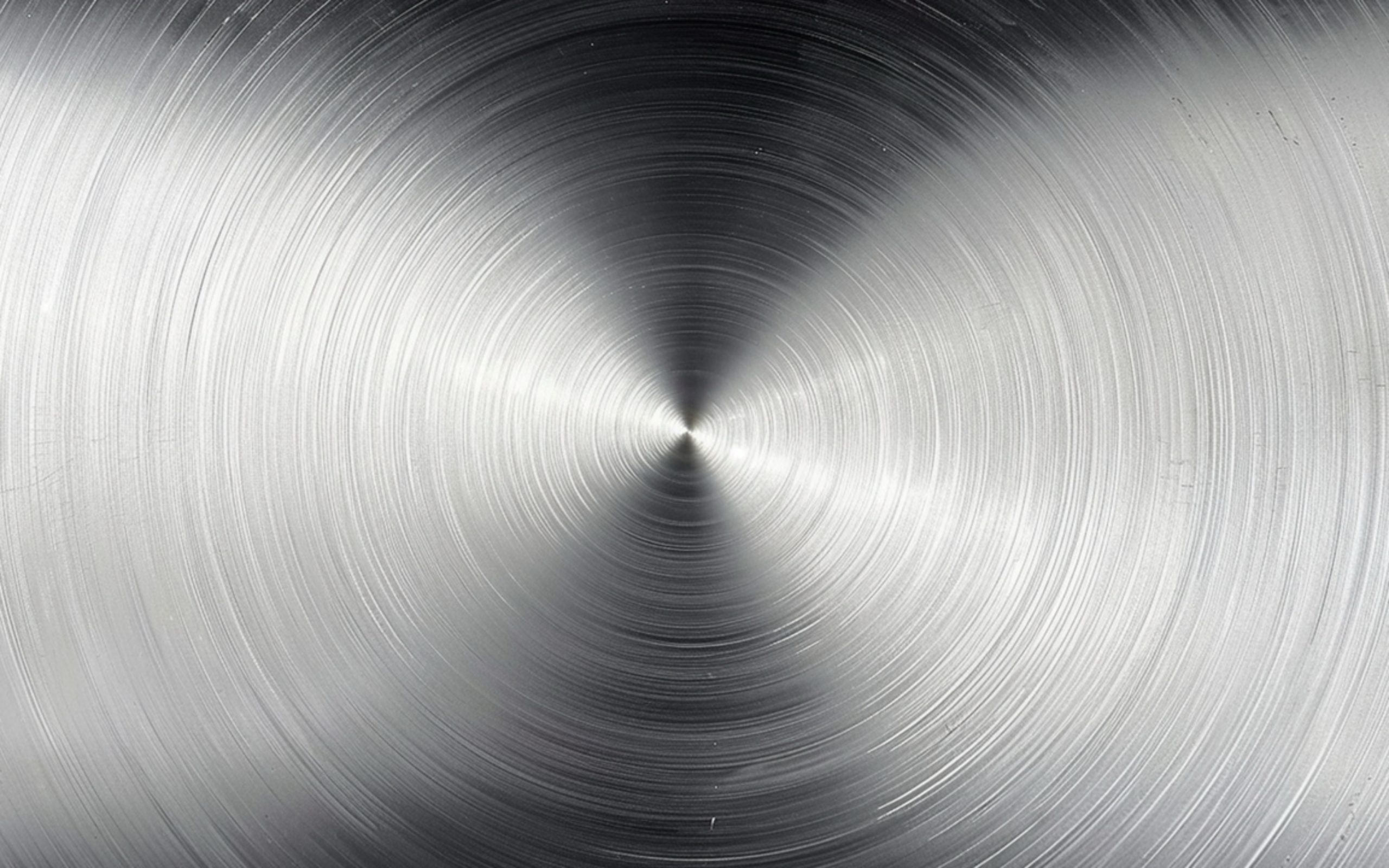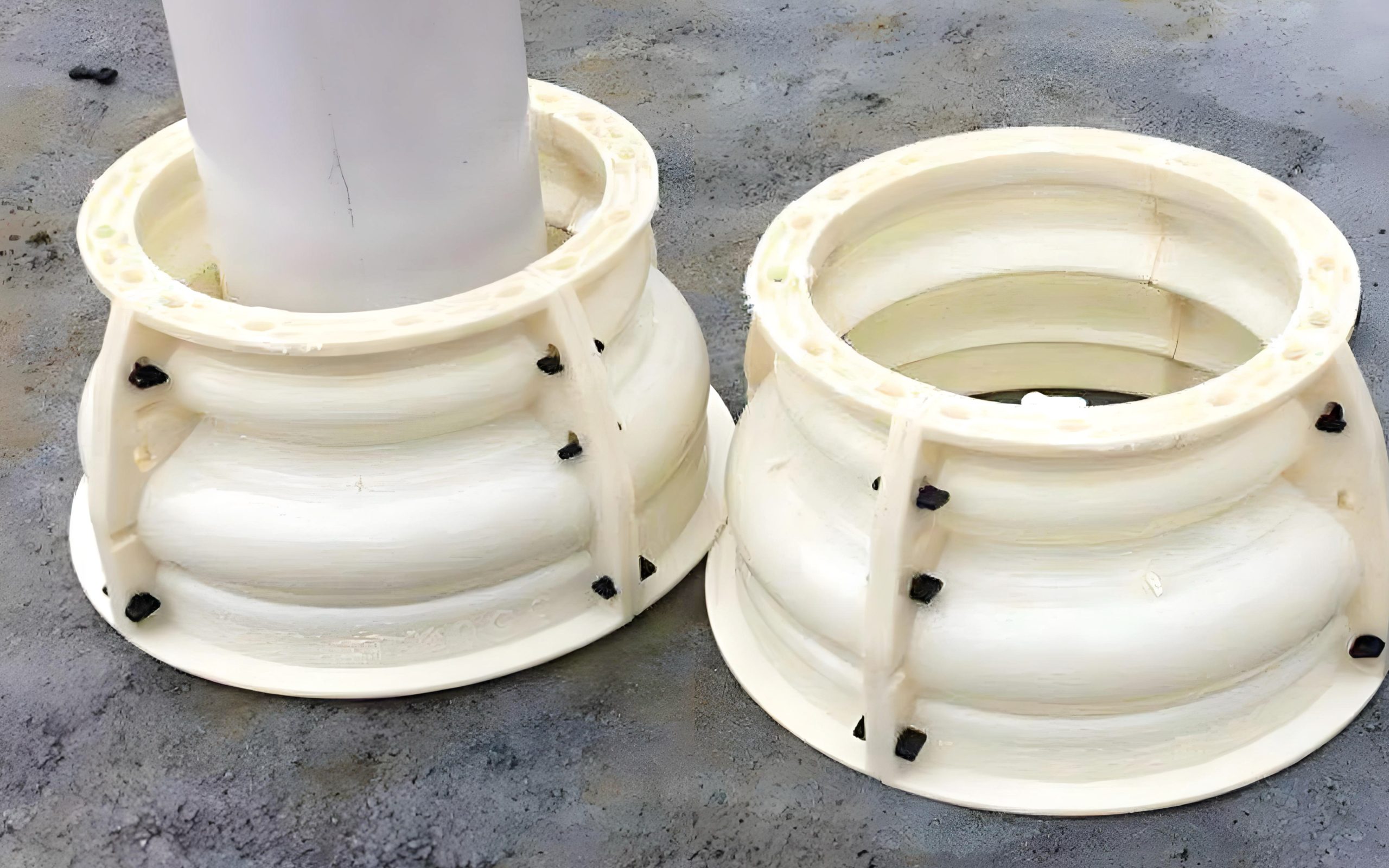October 14, 2024

The exterior of a car is not only a reflection of its value and style but also a key barrier to protecting its internal structure from the outside environment. With daily use, vehicles inevitably suffer various forms of damage, resulting in paint peeling, scratches, or rust. These problems not only affect the car’s appearance but may even aggravate corrosion and damage the metal substrate of the car’s body. To effectively restore the appearance of the vehicle and ensure the integrity of its anti-corrosion protective layer, paint removal has become a routine task in car repair.
Aluminum oxide sandblasting technology is currently one of the most effective means of removing old paint layers from cars. Compared with traditional chemical stripping or manual sanding, aluminum oxide sandblasting can quickly and efficiently remove paint or coatings from the surface while maintaining the substrate’s surface integrity. This technology is widely used in car repair, renovation, and accident repair, especially in workpiece processing that requires high precision and cleanliness.
In the following articles, we will examine the causes of car paint damage, the technical advantages of aluminum oxide blasting, and its practical applications in different car repair scenarios to help you understand why aluminum oxide sandblasting is an ideal choice for paint removal.
Overview of Car Paint Problems
Damage to car paint can occur for a variety of reasons, often related to environmental impacts, damage from daily use, or accidents. In this section, we discuss several common car paint problems in detail how these problems lead to a damaged car body, and the need for paint removal.
- Scratches and Peeling
One of the most common forms of damage to car paint is scratches and peeling. Whether it is due to minor parking lot collisions or daily use scenarios such as stone splashing, the exterior of the vehicle is prone to small scratches. These scratches not only affect the appearance of the vehicle, but if not treated in time, they may also cause the surface coating protection to be destroyed, which will accelerate the peeling of the paint and the corrosion of the metal. In severe cases, the owner may have to perform extensive paint removal and repainting to restore the integrity of the vehicle.
- Accident repair
A car accident or severe collision may cause extensive damage to the car body, which is usually accompanied by damage to the paint surface. Removing the damaged paint layer is an essential step in the accident repair process. This not only helps technicians evaluate the integrity of the metal structure but also lays the foundation for subsequent repairs and repainting.
When metal surfaces are exposed to environmental factors such as air, moisture, and salt, they are prone to oxidation reactions, which in turn cause rust. This situation is particularly evident in coastal areas or humid environments. Once the paint is damaged, oxidation and rust will spread rapidly, causing irreversible damage to the underlying metal structure of the car body. To prevent this further corrosion, the paint of the rusted area must be removed and effective protective measures such as repainting or anti-corrosion treatment must be adopted.

Scratches
- Oxidation and Rusting
When metal surfaces are exposed to environmental factors such as air, moisture, and salt, they are prone to oxidation reactions, which in turn cause rust. This situation is particularly evident in coastal areas or humid environments. Once the paint is damaged, oxidation and rust will spread rapidly, causing irreversible damage to the underlying metal structure of the car body. To prevent this further corrosion, the paint of the rusted area must be removed and effective protective measures such as repainting or anti-corrosion treatment must be adopted.
- Old car renovation
For used cars or old vehicles, aging, fading or damage to the paint is a common problem. In these cases, refurbishing the vehicle usually involves removing the old paint and repainting to improve the appearance and market value. Aluminum oxide sandblasting is an ideal choice for refurbishing vehicles because it can effectively remove the paint layer while keeping the metal surface intact.
From the above analysis, it can be seen that the paint removal needs in car repairs are diverse, and often require both efficient removal of the paint layer and protection of the vehicle’s basic structure from damage. It is in this area that aluminum oxide sandblasting demonstrates its outstanding performance.
Technical advantages of aluminum oxide blasting
Aluminum oxide is a very popular sandblasting material, widely used in various surface treatment scenarios, especially in the automotive repair industry, with the following significant technical advantages:
- Efficient removal ability
Aluminum oxide blasting is known for its strong cutting force, which can quickly and effectively remove paint, rust, and other surface coatings. This material is second only to diamond in hardness, usually 9 (Mohs hardness), so it is particularly suitable for dealing with stubborn paint and rust. Due to its high hardness, aluminum oxide can completely remove old paint layers at extremely high blasting speeds without damaging the underlying metal surface.
- Protection of the substrate
Although aluminum oxide has extremely strong cutting ability, it can well control the amount of removal during the sandblasting process to avoid material damage caused by excessive grinding. This is crucial to the protection of automotive metal substrates, especially thin panels and delicate parts of the car body. By adjusting the sandblasting pressure, the operator can accurately control the degree of material removal to achieve the best balance in automotive surface treatment: removing the paint layer while maintaining the integrity of the underlying metal.
- Wide range of materials
Aluminum oxide is not only suitable for surface treatment of metal materials such as steel and aluminum but can also be used for paint removal of certain plastics and composite materials. For example, aluminum oxide sandblasting is widely used for coating removal of aluminum body parts, because aluminum parts are usually sensitive to over-grinding, and aluminum oxide can achieve precise material removal to ensure that the removal of coatings and rust spots does not affect the substrate.
- Environmental protection and safety
Compared with traditional chemical paint stripping, aluminum oxide blasting does not involve toxic chemicals and the operation process is more environmentally friendly. The chemical paint stripping process may release harmful volatile organic compounds (VOCs), which not only pose a threat to the health of operators but also hurt the environment. The aluminum oxide sandblasting process is clean and safe and is a more environmentally friendly paint removal method.
- High-cost performance
Aluminum oxide sandblasting has a high-cost performance, especially in large-area paint removal tasks. It has obvious cost advantages. Aluminum oxide can be reused many times, and the sandblasting efficiency is high, which can reduce the total cost of a single operation. At the same time, it is suitable for sandblasting equipment of different sizes, from small maintenance workstations to large industrial equipment, which increases its flexibility in the field of automotive maintenance.
In summary, aluminum oxide blasting has become an ideal choice for removing old paint layers in the automotive repair industry due to its efficient removal ability, protection of the substrate, and safe and environmentally friendly operating characteristics. Next, we will explore some typical application scenarios of aluminum oxide sandblasting in automotive repair and further demonstrate its advantages in actual operation.
Typical application cases in automotive repair
In the automotive repair industry, aluminum oxide sandblasting is widely used for paint removal and surface treatment of various parts, and its characteristics give it significant advantages in different applications. Next, we will introduce several common application scenarios and explore in depth how aluminum oxide sandblasting works in these cases.
- External paint repair of the car body
Aluminum oxide sandblasting is very efficient in removing paint from the exterior of the car body, especially for repairing car bodies damaged by scratches, collisions, or long-term exposure to the environment. Compared with traditional manual grinding or chemical paint stripping, the high hardness of aluminum oxide enables it to quickly remove the paint layer. At the same time, due to the irregular shape of aluminum oxide particles and the characteristics of multi-angle impact, it can penetrate deep into the bottom of the paint layer to ensure thorough cleaning.
Car body metal is usually fragile, especially aluminum car bodies are easily damaged by grinding or high-pressure impact, and aluminum oxide sandblasting provides precise control. By adjusting the sandblasting pressure, the paint can be removed efficiently and the original surface can be restored without damaging the substrate. In addition, aluminum oxide particles can be recycled many times, which greatly reduces the cost of sandblasting and reduces the generation of waste, combining high efficiency and environmental protection.
- Renovation and repair of wheel hubs
Because wheels and hubs are in direct contact with the road, they are often impacted by dirt, salt, and pebbles. Aluminum oxide sandblasting can quickly remove the paint layer and corrosion on the surface of the hub, especially in the complex surface shape and concave area of the hub. The high hardness and small size of aluminum oxide particles can be deeply cleaned, and its non-circular particles can also effectively produce a slight surface roughness, which can provide better adhesion for the re-sprayed paint layer, ensuring a more durable repair effect.
- Anti-corrosion treatment of the chassis
The chassis is prone to accumulating a lot of rust and aging coatings due to long-term exposure to humid environments and corrosive substances. Aluminum oxide sandblasting can show excellent removal ability under these harsh conditions. Compared with softer sandblasting materials, the hardness of aluminum oxide enables it to quickly remove stubborn rust and effectively strip old anti-corrosion coatings on the chassis without damaging the steel structure of the chassis. At the same time, the high-temperature resistance of aluminum oxide makes it suitable for sandblasting operations in high-temperature environments, such as chassis parts close to the engine.
- Cleaning of parts inside the engine compartment
Due to exposure to high temperatures, oil stains, and carbon accumulation, many metal parts in the engine compartment will form stubborn paint layers, carbon deposits, or rust on the surface. Aluminum oxide sandblasting can effectively deal with the surface problems of these parts, ensure thorough cleaning, and provide an ideal surface treatment solution for the maintenance of these critical parts. The high hardness of aluminum oxide, combined with its good cutting performance, can quickly remove carbon deposits and old coatings without damaging precision parts. This process plays an important role in extending the life of the engine and improving operating efficiency.
- Repair of car doors and roofs
The paint layer of car door and roof parts is easily damaged by long-term exposure to wind, sun, and moisture, forming rust or cracking of the paint layer. Alumina sandblasting can effectively remove damaged coatings due to its precise control, especially in large-area repairs. This not only improves the uniformity of the workpiece surface but also creates a good foundation for subsequent spraying work.
Through these practical application cases, it can be seen that the role of aluminum oxide sandblasting in automobile repair is not only reflected in its efficient removal ability but also in its ability to accurately control the removal depth and avoid excessive grinding to damage the substrate. In addition, it also has significant advantages in reducing operating costs and environmental impact. Whether it is large-area paint repair or surface treatment of precision parts, aluminum oxide sandblasting is one of the best choices for removing old paint layers in the automotive repair industry.

Engine interior
Alumina sandblasting vs traditional paint removal methods
In the automotive repair industry, removing old paint and coatings is an important step in maintenance and repair work. Traditional paint removal methods mainly include chemical stripping and manual grinding, but aluminum oxide sandblasting has gradually become the first choice of more and more car owners and repair shops due to its high efficiency and environmental protection characteristics.
- Chemical paint stripping
Chemical paint stripping is the process of softening and removing paint by using solvents or chemical agents. The advantages of this method include:
- Effectiveness: For multiple layers of paint or thick paint, chemical stripping can quickly penetrate and break down the coating.
- Less damage to the substrate: Since chemical stripping does not usually cause mechanical wear to the substrate, it is suitable for more fragile materials.
However, chemical stripping also has many disadvantages:
- Environmental issues: Many chemical strippers contain harmful chemicals and need to follow strict safety standards when used and handled.
- Time required: Chemical stripping usually requires a long reaction time, resulting in a longer construction cycle.
- Subsequent cleaning: After using chemicals, a lot of cleaning is usually required to remove residual chemicals.
- Manual sanding
Manual sanding is the process of physically removing paint using sandpaper or other sanding tools. The advantages and disadvantages are as follows:
- Controllability: Manual sanding allows technicians to finely control the paint removal process as needed, and is suitable for processing complex shapes and details.
- Wide applicability: It can be used on a variety of surfaces and materials.
But manual sanding also has obvious disadvantages:
- Inefficiency: Sanding work is time-consuming and labor-intensive, especially when dealing with large areas or multiple layers of coatings.
- Risk of damage: The sanding process can easily damage the substrate, especially when dealing with fragile or easily scratched surfaces.

Manual sanding
- Aluminum oxide blasting
In contrast, aluminum oxide sandblasting shows significant advantages in the paint stripping process:
- Environmental protection: The particle material used in aluminum oxide sandblasting does not contain harmful chemicals, making it more environmentally friendly. In addition, no additional cleaning steps are required after sandblasting, reducing the possibility of secondary pollution.
- Efficiency: Sandblasting can quickly remove paint, especially for multiple layers or thick coatings. Its spray force can be controlled by adjusting equipment parameters to adapt to different types of workpieces.
- Economic benefits: Although the initial equipment investment may be higher, the overall maintenance and paint stripping costs are usually lower than traditional methods due to the efficiency of the sandblasting process and reduced labor costs.
For the complex shapes of automobiles, aluminum oxide sandblasting shows its superiority. Because sandblasting can spray evenly from multiple angles and directions, it can effectively deal with grooves and curved parts of the car body. Traditional chemical paint stripping methods may have difficulty fully penetrating these hard-to-reach areas, and manual sanding requires a lot of time and effort. The flexibility of sandblasting technology enables it to meet the challenges of various car body shapes and sizes.
Choosing the right paint removal tool is crucial to the success of car repair. Alumina sandblasting is gradually being adopted by more and more car repair companies as an efficient, environmentally friendly and economical paint removal method. In the future, with the increasing demand for environmental protection and efficient processing, the application of sandblasting technology in the field of car repair will be more extensive. Whether it is for daily maintenance or large-scale repair projects, aluminum oxide sandblasting has shown its long-term application potential.
Filters














